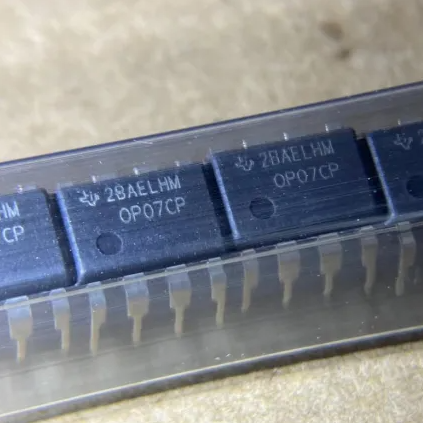The Future of IC Design: Innovations and Trends in Integrated Circuitry
Integrated Circuits (ICs) have come a long way since their inception, with advancements in design and technology shaping the landscape of electronics. As the demand for smaller, more efficient, and powerful devices continues to grow, IC design is at the forefront of innovation.
1. More Powerful and Efficient Processors
One of the most significant trends in IC design is the development of more powerful and energy-efficient processors. These processors are essential for handling the increasing complexity of modern applications, such as artificial intelligence, machine learning, and data analytics. Emerging technologies, like 3D integration and advanced materials, are driving the creation of processors that deliver higher performance while consuming less power.
2. AI and Machine Learning Integration
Artificial intelligence (AI) and machine learning (ML) are becoming ubiquitous, and IC design is adapting to accommodate these technologies. Specialized ICs designed for AI and ML tasks, known as AI accelerators, are being developed to perform tasks like neural network inference with incredible speed and efficiency. These ICs are crucial for applications like autonomous vehicles, robotics, and natural language processing.
3. Quantum Computing
Quantum computing is on the horizon, and IC designers are working on creating the necessary building blocks for this groundbreaking technology. Quantum ICs, which manipulate and control quantum bits (qubits), are pushing the boundaries of traditional computing. These ICs have the potential to solve complex problems in fields like cryptography, materials science, and drug discovery that are currently beyond the reach of classical computers.
4. Internet of Things (IoT) Connectivity
The IoT is expanding rapidly, requiring ICs that can provide efficient and secure connectivity for billions of devices. IC designers are focusing on low-power, wide-area networking solutions that can cover vast areas while conserving energy. This trend is essential for the growth of smart cities, industrial IoT (IIoT), and the proliferation of IoT devices in various industries.
5. Advanced Packaging Techniques
IC packaging is undergoing significant innovation. Advanced packaging techniques, such as chip stacking, 3D packaging, and wafer-level packaging, are enabling the creation of smaller and more power-efficient ICs. These techniques enhance thermal management, reduce form factors, and improve electrical performance.
6. Sustainability and Energy Efficiency
As environmental concerns rise, IC design is also moving towards sustainability and energy efficiency. Energy-efficient ICs are crucial for reducing power consumption in devices and data centers. Additionally, the development of environmentally friendly materials and manufacturing processes is becoming a priority for the industry.
7. Customization and System-on-Chip (SoC) Solutions
Custom IC design and SoCs are gaining popularity as they allow manufacturers to create highly specialized and optimized solutions for specific applications. This trend promotes innovation in fields like automotive electronics, healthcare devices, and consumer electronics.
The future of IC design is filled with exciting possibilities. As technology continues to advance, IC designers are at the forefront of creating more powerful, efficient, and specialized integrated circuits. These innovations will play a crucial role in shaping the devices and technologies of tomorrow, from AI-powered gadgets to quantum computing breakthroughs. As the demand for smarter and more connected devices grows, IC design will continue to drive progress in the electronics industry.




